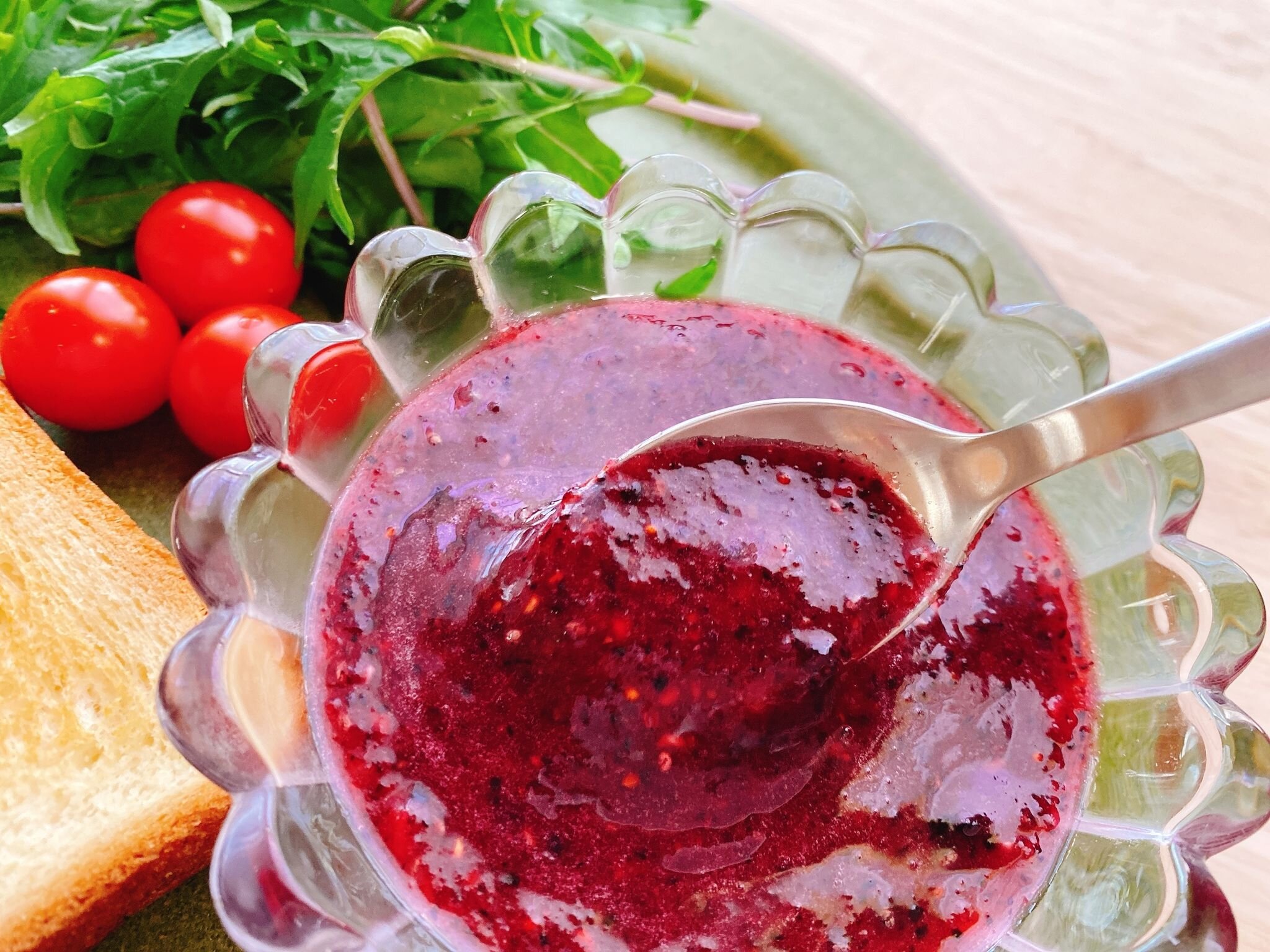Moon Wellness and Superfoods - Two more easy and delicious chia seed recipes
Hi, it’s Keiko.
In this article I’d like to share with you some more information about my new method called Moon Wellness.
Moon Wellness is a lifestyle which incorporates the energy and the rhythm of the Moon to help you live a healthy life full of good fortune, both mentally and physically.
It goes without saying that our bodies require a well-balanced diet and moderate exercise, and one of the most important things we need to be aware about is food.
In today’s Moon Wellness Practical Course, I would like to introduce you to superfoods, which are really easy to introduce to our diets, and help promote health and boost the immune system.
What are Superfoods?
Superfoods are mainly plant-derived foods that contain higher quantities of essential nutrients, such as vitamins, minerals, and healthier ingredients than regular foods.
In today’s article I’m going to continue to shine a focus on chia seeds! To find out more about the nutritional benefits of chia seeds and how to soak them in water, please be sure to read my first article about chia seeds.
Contents
The history of chia seeds
Features of chia seeds
Benefits of soluble fiber
Two simple chia seed recipes
4.1) Chia seed fruit sauce
4.2) Chia seed miso dengaku
THE HISTORY OF CHIA SEEDS
Chia seeds were eaten regularly by the indigenous people of the ancient Aztec Empire, which flourished in central Mexico around 1500 AD. The nutritional value of chia seeds is so high that it was said that chia seeds and water alone were enough to sustain human life, and Aztec warriors are said to have moved around carrying only chia seeds and water.
The word ‘chia’ is derived from the Mayan words for ‘power’ and ‘strength,’ and chia seeds were treasured as a source of life and lovingly consumed by people who traveled long distances, such as couriers or messengers.
FEATURES OF CHIA SEEDS
The most significant feature of chia seeds is that when soaked in water, the dietary fiber which coats the seeds swells into a jelly-like substance and increases tenfold in size. This jelly-like part is a water-soluble dietary fibre known as glucomannan, which is also abundant in konjac root. Because glucomannan serves as a type of food for intestinal bacteria, it helps to relieve constipation.
Chia seeds are also tasteless, odorless, and easy to prepare, so they can be easily incorporated into your diet by mixing them into drinks or eating them as is, as part of a sweet syrup.
BENEFITS OF SOLUBLE FIBER
There are two types of dietary fiber, soluble and insoluble fiber. Soluble fiber is the type that swells and increases in size with water. Because it swells with water and reaches the intestine in increased volume, it gently stimulates the walls of the intestines and promotes smooth bowel movement. Furthermore, because it is digested slowly, it keeps you feeling full for a long time.
Soluble fiber also wraps up sodium and removes it from the body, which helps to prevent high blood pressure.
TWO SIMPLE CHIA SEED RECIPES
Chia Seed Fruit Sauce
Happy points of this recipe
You can make as much of this additive free fruit sauce as you like.
You can use any type of seasonal fruit.
If you don’t have an immersion blender you can use the backside of a fork to squish the fruit.
Ingredients for 4 tbsp (2 fl. oz.)
1.75 oz frozen berries
1 tbsp of maple syrup
1 to 2 tbsp of chia seeds soaked in water
Method
Thaw frozen berries at room temperature
Stir the thawed berries and maple syrup with an immersion blender
Add the chia seeds to the fruit and mix together
Chia Seed Miso Dengaku
Happy points of this recipe
The double source of fiber from the konnyaku (Japanese yam cake) and the chia seeds helps to cleanse your stomach.
You can use any type of miso, either barley miso or rice miso.
Any leftover dengaku miso can be put on steamed vegetables or used in miso soup.
Ingredients
1 block of konnyaku
1 to 2 tbsp of chia seeds soaked in water
2 tbsp miso
2 tbsp mirin
2 tbsp sugar
Method
Cut the konnyaku into bite-size pieces and poke a thick skewer into each piece.
Put the miso, mirin, and sugar into a small frying pan and mix together under low heat.
When the mixture is glossy and thickened to the consistency of ketchup, pour it into a bowl and let it cool.
Place the konnyaku into a pot with the skewers facing out, and cover the konnyaku in water.
Bring the water to a boil and after three minutes remove the konnyaku skewers and place them on a plate.
Add the chia seeds to the cooled miso dengaku mixture.
Spread the miso dengaku mixture on the warm konnyaku
Points of caution
The chia seeds should only be mixed with the miso dengaku after it has cooled down because overheating destroys the omega-3 fatty acids in the chia seeds.
Be sure to thoroughly chew konnyaku before swallowing it as large pieces of konnyaku can be a choking hazard.
The fruit sauce is delicious when poured on top of yogurt, while the warm miso dengaku is a great winter treat.
People have a tendency to eat many delicious foods around the holiday season, so be sure to add these healthy dishes to your diet to please the cells in your body ♪





